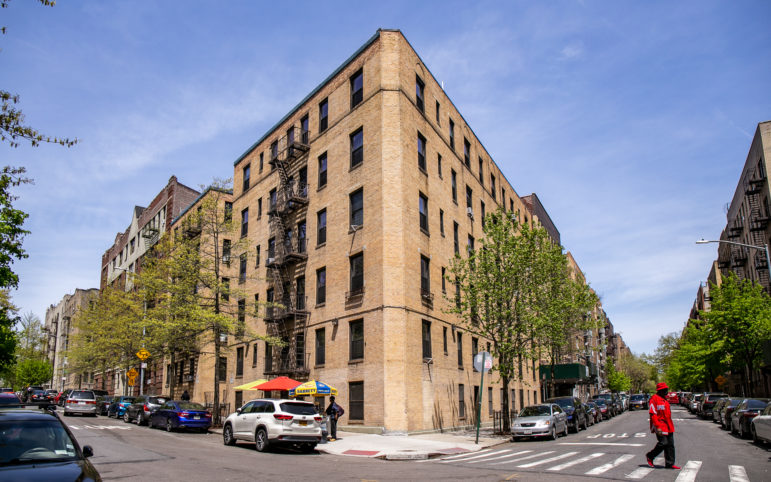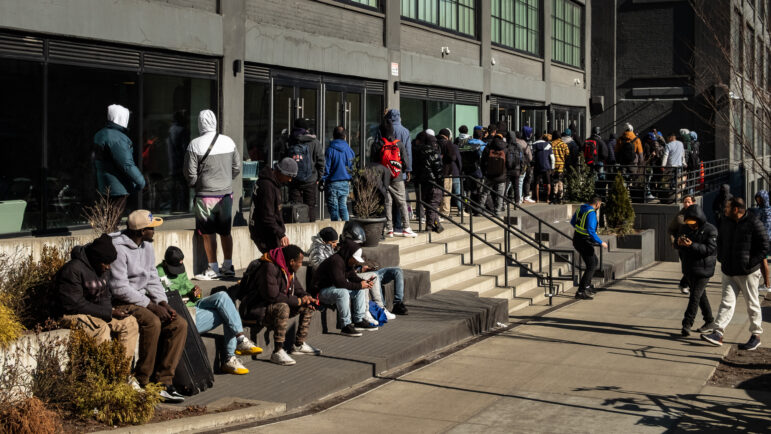“While revised zoning enables new structures, what other structures can we put in place to ensure that rising developments aren’t accompanied by still-rising rents?”

Adi Talwar
On Thursday, the City Council is set to vote on “City of Yes”—a plan to increase housing production, put forward by the mayor and adjusted to be significantly more feasible to pass through the work of City Council in recent weeks. Despite some worrisome cracks and carve-outs, the Council will approve the proposal, and be applauded for it.
And then what? While revised zoning enables new structures, what other structures can we put in place to ensure that rising developments aren’t accompanied by still-rising rents? How can we be a City of ‘Yes, And?’
First, we hold developers of new units to strict affordability standards—not lax guidelines that are easily circumvented, such as those set forth at the state level under decades of 421-a. Government can and must invest more in and subsidize affordability, but that does not constitute a blank check for no return.
At the same time, as I’ve always argued, we can’t build our way out of this crisis, both because only a minority of new units will meet affordability standards, and because even 80,000 to 100,000 apartments will not increase housing stock at the levels needed, and certainly not on the urgent timeline this ongoing emergency demands. Preservation, not merely construction, is an essential part of any serious housing strategy.
Fortunately, while our reported vacancy rate is alarmingly low, there are units across the city excluded from the count that need to be included in our housing strategy. Property owners have spent years warehousing apartments. They have decided these units are worth more to them vacant than occupied, and tenants everywhere are paying the price. In many cases, these “zombie apartments” become dilapidated and harm residents of entire buildings and blocks. Any owner truly struggling with costs should be connected to the many supportive programs available, and hopefully some new ones, not pass costs to struggling renters or leave rooms vacant when space is scarce.
When I was in the City Council, I passed a “Housing, Not Warehousing” bill to require a canvassing of the city for vacant properties which could be utilized for housing production. The Adams administration has instructed agencies to perform similar work in the past with city-owned spaces. But private owners are taking advantage of a lack of oversight and enforcement, and we need both an accurate count and actionable steps to bring these units back online. A significant investment must be made in HPD’s inspection and correction of these spaces. Advocates suggest about 80,000 apartments may currently be warehoused, and making them available would essentially double the promise behind City of Yes. In addition to revitalizing long-vacant spaces, under-used office buildings should continue to be prioritized for conversion.
The need for preservation also extends to maintaining what are intended as the most deeply affordable units in our city, NYCHA’s public housing. Fulfilling the promise of NYCHA requires deep investment in capital upgrades to existing buildings, as well as the development of additional units—potentially through land trusts, RAD-PACT partnerships and in authentic partnership with residents. NYCHA residents have seen their living spaces and their trust in city management decline for decades. While the worst private landlords take housing off the market and make rents unaffordable, too often poor conditions in public housing make units unlivable.
No amount of new units will address the housing crisis if New Yorkers simply cannot afford to move into them. This administration wants to trumpet the Council’s pending passage of “City of Yes” as a win, but refuses to implement housing voucher expansion passed by the Council years ago. They are actively preventing the most immediate means of getting New Yorkers into permanent homes, while supporting record rent increases on regulated units. If the mayor is committed to housing reforms, even only for political gain, he can at the very least stop ignoring the city’s housing laws for political purposes.
Particularly in areas where new large-scale developments may not be best, we should expand efforts to prevent and enforce against unscrupulous deed theft—families who have held homes for generations cannot be displaced.
Finally, while affordability percentages were increased in the final package, the city’s income-targeted mandates remain flawed at their foundations. This is a federal failure—as I have written in the past, Annual Median Income is calculated using far too wide a map—including suburban counties to set so-called “affordable” housing rates that are completely out of reach for the New Yorkers most in need of homes. A federal re-calculation of AMI, centered on our city, is vital for a long-term strategy that recognizes the reality in our streets, not the hypothetical on a spreadsheet.
No measure, no singular vote, will solve the housing crisis that has been building for decades. Addressing housing insecurity, affordability, and homelessness requires not just new construction, but a deconstruction of the root causes and foundational solutions. Only then can we build up our city in a way that lifts up New Yorkers and keeps them in their homes.
Jumaane D. Williams is the New York City Public Advocate.







